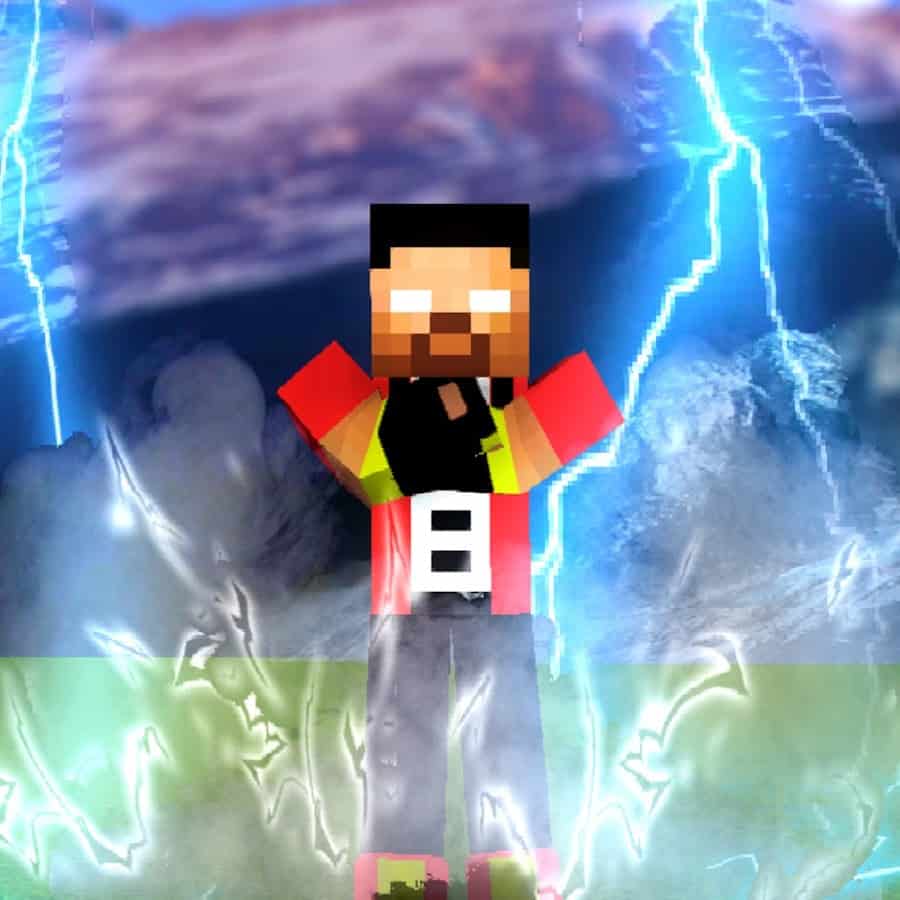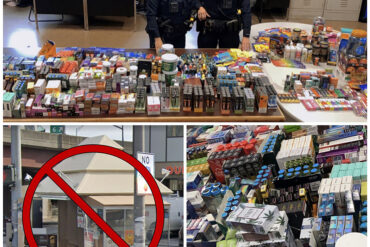Unleash Your Kid’s Creativity with Monster Crafters: The Ultimate Guide for Parents
Welcome to the Whimsical World of Monster Crafting!
Hey there, all you fabulous parents! Are you ready to dive into an exciting adventure that will not only brighten your day but also unleash the boundless creativity of your little ones? Well, buckle up, because we’re about to embark on a fun-filled journey into the world of Monster Crafters!
Why Monster Crafting?
Monster crafting is an incredibly delightful activity that can spark the imagination of children of all ages. Not only does it encourage artistic expression, but it also provides a multitude of benefits, including:
- Improving fine motor skills
- Enhancing problem-solving abilities
- Boosting self-esteem with completed projects
- Encouraging storytelling and role-playing
- Fostering a fun way to learn about colors, shapes, and textures
- And hey, who doesn’t like bonding over some funky, friendly monsters?
Getting Started with Monster Crafters
So, you’re convinced and ready to get started? Fantastic! Let’s set the stage for a monster crafting extravaganza that will be the envy of the block. Here’s what you need to claw into the crafty world of monsters:
Assemble Your Crafting Kit
Gather up those supplies and let’s get crafty! Here’s a starter list to tickle your tentacles:
- Colored paper or cardstock
- Scissors (safety scissors for the little ones)
- Glue, tape, and maybe some googly eyes
- Markers, crayons, or paint
- Pipe cleaners, pom-poms, and anything else that screams monster!
Remember, the beauty of monster crafting lies in its versatility – anything can become a part of your monster, so feel free to get wild with the supplies!
Monster Crafting Ideas to Ignite Imagination
Now that you have your kit ready, what’s next? Inspiration, of course! Here are some monstrously good crafting ideas to get those creative juices flowing:
- Paper Plate Monsters: They’re round, they’re fun, and they make a perfect canvas for a child’s first monster masterpiece.
- Sock Puppets: Have some old socks lying around? Googly eyes, some felt, and a bit of imagination can bring these to life!
- Egg Carton Critters: Don’t throw out that egg carton – transform it into a caterpillar of cuteness or a terrifying (but still cute) critter.
As you embark on these creative endeavors, remember to prioritize the process over the end product. It’s all about having fun and letting your little creators express themselves!
Tips for a Monster of a Good Time
To ensure that your monster crafting experience is as spectacular as possible, here are some pro-tips:
- Set aside a dedicated space for getting messy and creative.
- Don’t stress about the mess – it’s all part of the creative process.
- Let your child lead the project; it’s their monster, after all.
- Use this time to teach your child about recycling by incorporating household items.
- Take pictures of your child with their finished crafts – it’s a memory maker!
Nurturing the Love for Monster Crafting
Creating monsters is more than just a one-time activity – it’s a fantastic way to continually inspire creativity in your children. Here’s how you can keep the monster magic alive:
- Consider setting up a “monster of the month” project to regularly engage your child’s creativity.
- Use monster crafting as a storytelling prompt, encouraging your children to invent stories about their creations.
- Show genuine interest in their creations by asking about the monster’s name, powers, or the world it comes from.
- Share their masterpieces with family and friends, or even better, host a monster crafting party!
Monster crafting is a genuinely joyful activity that holds a treasure trove of benefits for both you and your child. It’s a chance to bond, to laugh, and to create something magnificently monstrous together. So, what are you waiting for? Let’s get crafting!
Conclusion
As you can see, monster crafting is not just another activity to pass the time. It’s a doorway to a world of creativity, learning, and family fun. Stay tuned for more monster madness as we continue to explore this captivating crafting universe!

Five Key Things to Prepare for Monster Crafting
Before you let loose the monster madness, it’s important to prep like a pro. Here are five essential things to keep in mind:
- Set Realistic Expectations: Understand that the goal is to enjoy the activity, not to create a perfect monster. Celebrate the quirks and unique features your child adds to their creation.
- Embrace the Mess: Crafts can get messy, and that’s okay! Be prepared with coverings for surfaces, aprons, or old clothes that can handle a splatter or two.
- Ensure Safety: Before starting, make sure all tools and materials are safe for your child’s age. Non-toxic materials, blunt-edged scissors, and adult supervision are paramount.
- Structure the Session: While creativity should not be overly constrained, some structure can help. Have a clear start and finish time, and consider having a theme or a story to spark ideas.
- Storage and Display: Plan where you’ll store the crafting materials and where to display the finished monsters. A dedicated ‘monster gallery’ can be a great way to show off your child’s handiwork.
Crafting in Action: A Step-by-Step Monster Adventure
Let’s walk through a monster crafting session to give you a feel for how this joyous chaos unfolds:
- Choose Your Monster Base: Maybe it’s a paper plate or an old CD for that shiny scaly look. Let your child pick the foundation of their new friend.
- Add Features: It’s time for eyes, mouths, and antennae. Encourage creative freedom; the wackier, the better!
- Bring on the Texture: Feathers, fabric scraps, buttons – textures bring the sensory aspect to crafting and can be a doorway to sensory play.
- Finishing Touches: Once the basic monster is crafted, it’s time for details – draw on scars, add a backstory, or create a magical hat.
- Showcase the Creature: Make a big deal out of the final product. Ask your child questions about their monster and give them a space to display their creature.
Crafting for Different Ages
Your sprightly three-year-old and your thoughtful ten-year-old will approach monster crafting from different worlds. Tailor the experience to suit their developmental stage:
- For toddlers, keep it simple with large shapes and guiding their little hands.
- School-aged kids can handle more complex tasks – think layering materials or creating jointed limbs for their monsters.
- Tweens might enjoy the challenge of a theme or incorporating technology with monster animations or digital designs.
Incorporating Educational Elements
Crafting can be both fun and educational. Here’s how you can sneak in some learning:
- Teach about colors, shapes, and patterns as you craft.
- Discuss different types of monsters across cultures and the mythical stories behind them.
- Incorporate basic math by counting items used, measuring materials, or discussing symmetry.
- Enhance language skills by describing textures, actions, and the storytelling aspect of their monsters.
Wrapping Up and Moving Forward
When all’s said and done, what do you do with a house full of googly-eyed creatures? Here’s some wrap-up tips:
- Organize a ‘Monster Parade’ where each creation gets to be showcased.
- Create a monster photo album, either digitally or in print, to keep a record of their work.
- Encourage gifting monsters to friends and relatives as a special homemade present.
- Transition from crafting to role-play, using the creatures to animate stories and scenarios devised by your child.
Monster Crafters is more than just cutting and gluing; it’s an ever-evolving landscape of creativity that grows with your child. By being prepared, embracing the chaos, and supporting your child’s monster ambitions, you create an environment ripe with opportunity for artistic development and immeasurable family fun. Now, grab that glue stick and release the monsters!
See more great Things to Do with Kids in New Zealand here. For more information see here
Disclaimer
The articles available via our website provide general information only and we strongly urge readers to exercise caution and conduct their own thorough research and fact-checking. The information presented should not be taken as absolute truth, and, to the maximum extent permitted by law, we will not be held liable for any inaccuracies or errors in the content. It is essential for individuals to independently verify and validate the information before making any decisions or taking any actions based on the articles.




